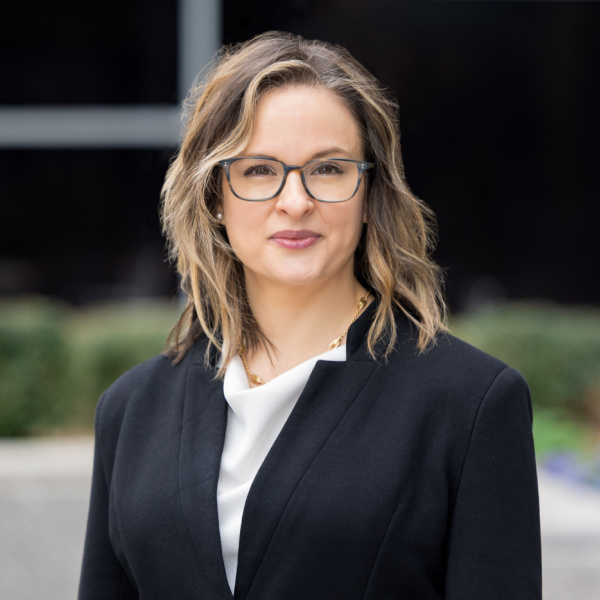The City of Raleigh has made strides recently in planning for efficient and attractive transit services. Working in partnership with Wake County and its municipalities, work has begun to transform the region with new Bus Rapid Transit (BRT) service along four corridors connecting in Downtown Raleigh and extending to Cary and Garner.

Separately, Raleigh is working to ensure its land use policies and regulations along the BRT corridors – and other transit-rich areas – support the density and diversity of jobs, housing, and services needed to maximize returns on this public investment. In short, Raleigh has undertaken two separate but related efforts:
Frequent Transit Area
The City has recently increased density and height entitlement in areas well-served by transit, known as the Frequent Transit Area (FTA).
Rezoning (New Base Zoning Districts + Transit Overlay District)
The City has undertaken the process of rezoning around the BRT lines to increase height, permit additional uses, prohibit auto-oriented uses, and provide a height bonus where jobs or affordable housing are provided through its Transit Overlay District (TOD).
These two separate efforts are the subject of much confusion, since both aim to create transit-supportive land use regulations, and they overlap in both their geographic reach and impacts on entitlements. Base zoning districts exist throughout the city, so the focus here is on the FTA versus the TOD only.


I’ve put together a high-level cheat sheet to answer some of the most common questions I’ve received on these topics.
FTA and TOD: The Big Picture
- What is its purpose?
- FTA: To prioritize uses, densities, and building forms supportive of transit, and to incentivize affordable housing.
- TOD: To prohibit uses and building types incompatible with transit and incentivize density, jobs, and affordable housing.
- How does it control development?
- FTA: The FTA provides a development option – a property owner may elect to use the provisions of the FTA option, or it may elect another development option, such as the “Conventional,” “Compact,” or “Conservation” options. A property owner is never required to utilize the FTA provisions, even if the property is located in the FTA.
- TOD: As its name suggests, the TOD is a zoning overlay district – a layer of rules on top of those in the base zoning district. Where the TOD rules conflict with the base zoning district, the TOD controls. While most of its rules are mandatory, an optional height bonus connected with affordable housing is also provided.
- Where does it apply, generally?
- FTA: Within ½ mile of a planned BRT line AND within ¼ mile of any frequent (i.e. 15-minute or less wait time) bus service.
- TOD: Along the BRT lines, though with many exceptions and quite a bit of variation. The rezoning process to apply TOD in these corridors has been completed by the City along the Western, Southern, and Eastern BRT lines.
- Where can I find its exact location?
- FTA: Raleigh’s Urban Form Map (available on Wake County iMaps), which is part of the Comprehensive Plan
- TOD: Raleigh’s Zoning Map (available on Wake County iMaps)
- Can I request it for my property?
- FTA: Not really. Theoretically, a Comprehensive Plan amendment could be requested to expand or contract the FTA. This has not been done to date, and the clear definition of its location in the Comprehensive Plan makes this change unlikely to be approved – though it is not, strictly speaking, impossible. If the FTA applies to the parcel, then the owner may or may not elect to apply its provisions.
- TOD: A qualified yes. While any property owner can request this overlay, the process is a rezoning – a legislative (i.e. political) process. Approval will be more likely within a short distance of a proposed BRT line, and less likely – or out of the question – in other locations.
- What are its pros and cons?
- FTA: The FTA provides increased height and/or density with some strings attached, which vary by district, but use of the FTA provisions is entirely optional – other development options remain available. Note also one additional risk: The City’s adoption of the FTA has been challenged in court, and judicial review is underway – introducing the risk that the development option will be invalidated at some point.
- TOD: The TOD provides the possibility of a height bonus (tied to commercial space or affordable housing), together with relaxing certain development standards, in exchange for restricting certain uses and applying urban frontage requirements (i.e. prohibiting parking between a building and the street, among other requirements).
What exactly are its restrictions and bonus height/density on my property?
The only answer that will fit here is, “it depends.” Whether your property is in a Residential or Mixed-Use District, and other factors, will determine exactly how FTA or TOD affect your property. If you’re ready to dig in, let’s talk. mstuart@morningstarlawgroup.com; 919.890.3318.
Article by:

